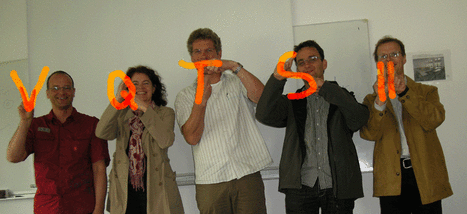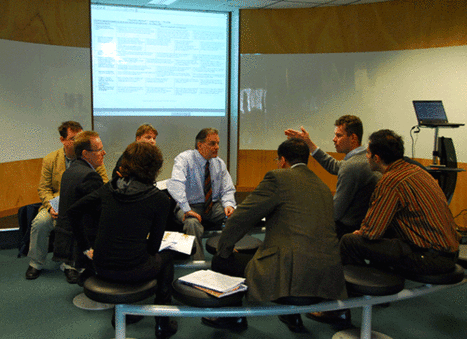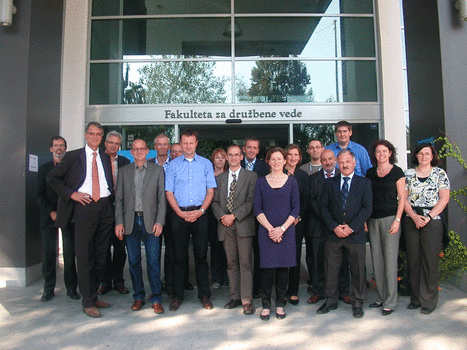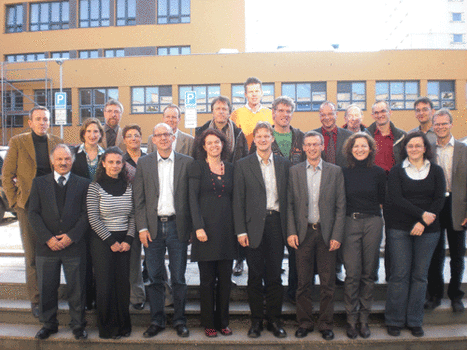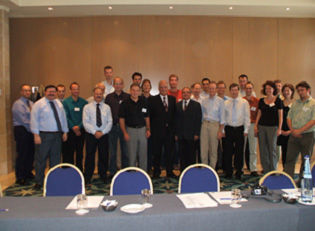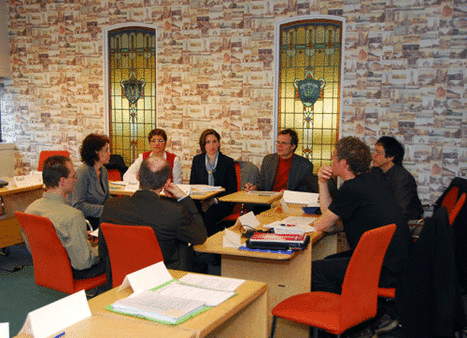VQTS II (2007-09)
The "Transfer of Innovation” project VQTS II was based on the results of the Leonardo da Vinci project "VQTS – Vocational Qualification Transfer System” (see VQTS 2003-2006). The VQTS project had received the Helsinki Award 2006 and the Lifelong Learning Award 2007 in Gold for its contributions to the aims of the Copenhagen process. The main result of the VQTS project, the VQTS model, was used as the basis for "Transfer of Innovation”.
In the VQTS II project, the VQTS model was transferred to another sector (Electronics/ Electrical Engineering), to other countries and languages. The VQTS II project focused on transferring and further elaborating methods and procedures for the development of a competence matrix by using the ideas and principles described in the VQTS project.
The VQTS model was also be to identify the overlapping areas of the competence profiles of vocational and educational training (VET) and higher education (HE) programmes. By using the VQTS model, the project sought to adjust and tune VET and practice-oriented HE programmes to make them more compatible with each other. Recommendations were developed on how to enhance permeability and progression between VET and practice-oriented HE.
Publication
Luomi-Messerer, Karin (2008, Ed.): Using the VQTS model for mobility and permeability -Results of the Lifelong Learning project VQTS II. 3s, Vienna.
This publication is the final result of the Lifelong Learning project ‘Vocational Qualification Transfer System II – VQTS II’. It introduces the VQTS Model, informs about the development of a Competence Matrix and of of Competence Profiles and describes how the VQTS model can be used for supporting transnational mobility and for enhancing permeability between VET and HE.
Luomi-Messerer, Karin (2008, Ed.): Permeability Between Vocational Education and Training and Higher Education. Examples from Austria, Czech Republic, Germany, Malta, The Netherlands and Slovenia. 3s, Vienna.
The report includes descriptions of examples (cases) for ensuring permeability between VET and HE at national level from the partner countries. The examples describe cases of good practice in accreditation of learning outcomes from VET in HE and consider possibilities of applying the VQTS model in these cases.
"Best Projects" label in 2011
The European Commission has declared VQTS II as one of two Austrian projects to belong to the best projects of 2007. VQTS II received the "Best Projects 2007" label in ADAM, the former project and product portal for Leonardo da Vinci. There is an overall of 55 projects which have received the "Best Projects" label - they include Transfer of Innovation, Development of Innovation and Network projects. These projects have contributed important impulses for vocational education and training in Europe in the last few years.
Funding
The VQTS II project was funded with the support of the European Community and the Austrian Federal Ministry of Education, the Arts and Culture (bm:ukk). The content of this website does not necessarily reflect the position of the European Community or the bm:ukk, nor does it involve any responsibility on their part.
Project partnership
Core partners:
Austria:
- 3s Unternehmensberatung GmbH (project coordinator)
- HTBLuVA St. Pölten
- Fachhochschule Technikum Wien, University of Applied Sciences Technikum Wien
Czech Republic:
- NÚOV – National Institute of Technical and Vocational Education
Germany:
- biat – Berufsbildungsinstitut Arbeit und Technik, Universität Flensburg - Berufliche Fachrichtung Metalltechnik/Systemtechnik
- Regionales Berufsbildungszentrum Flensburg ECKENER-SCHULE
Malta:
- Malta Qualifications Council
Netherlands:
- Kenteq – National Centre of Expertise on Vocational Education, Training and Labour Market
- Koning Willem 1 College
Slovenia:
- University of Ljubljana
Supporting partners
- Austria: Bundesministerium für Unterricht, Kunst und Kultur (BMUKK)
- Czech Republic: VOŠ a SOŠ, Centrum odborné přípravy Sezimovo Ústí, VOŠ a SPŠ elektrotechnická Františka Křížka Praha.
- Malta: Institute of Electrical and Electronics Engineering
- Netherlands: Colo

